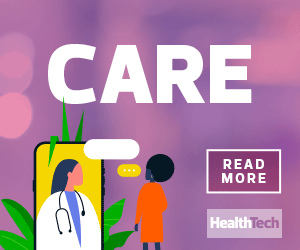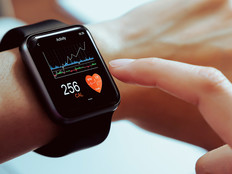HEALTHTECH: What technology was most critical in supporting care at the start of COVID-19?
GODBOLD: We had to quickly figure out how to create a virtual platform for patients so we could operate as close to normal as we could. We used the encrypted version of Zoom, which was quickly scaled to what we needed; we got it into almost all of our clinics within two weeks. From July 2019 to February 2020, we averaged less than 40 virtual visits per month. From March to July, we averaged 1,600.
MARLEY: In a matter of days, we pulled our IT and systems engineering teams together to get software and equipment in the hands of the workforce where they lived or in another Bassett facility. We had to be open-minded about what devices staff were able to use to access our internal systems, which required a lot of security vetting. We also pushed to get broadband into people’s homes where necessary. Our electricity cooperatives were a helpful partner.
PARKER: Collaboration suites were very important to get disparate people across a large enterprise working together, and we were able to spin up rooms in Microsoft Teams and enable document sharing. Plus, with the relaxation of regulations for telehealth environments, our collaboration tool could be used for telemedicine.
HEALTHTECH: What initiatives have you taken on since?
GODBOLD: We moved forward with a touchless registration process. We rolled it out in the emergency room and will be rolling it out in urgent care. We also created a telecommunications system for consults between subspecialists outside a patient’s room and providers in the room.
MARLEY: We worked to provide patients access to virtual visits without having to install software; they can just click a link in their email. Zoom and WebRTC sessions are offered as alternatives for patients who don’t have Epic’s MyChart. Within the hospital, we worked with operations and facilities to extend our ICU — which New York state required by law — by installing negative pressure systems outside patients’ rooms. We also extended the use of telehealth to help hospitalists and ICU physicians collaborate.










